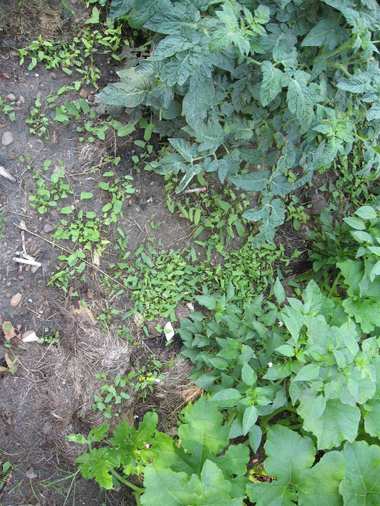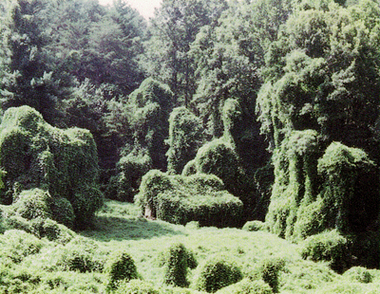Field tomatoes stricken with P. nicotianae Breda de Haan
USDA Forestry image fr. Division of Plant Industry Archive
Florida Dept. of Ag. and Consumer Services
So a day or two ago I was innocently researching away about compost and just for fun, hit the Google ‘scholar’ option to see what came up under the wide-open search term “compost.” (Toe surgery confines me for the moment to whatever I can find on the Internet; even the University library six blocks away is too far).
Lo and behold, I found myself looking at a number of articles dating back to the eighties and continuing right up to the present day about managing diseases with compost. Slap my ass and call me Judy, but I never heard of such a thing. Like a good metaphor, however, it makes sense as soon as I hear it: so many plant diseases are soil-borne that changing the soil balance would reasonably affect disease contraction, severity, and so on.




 Subscribe to RSS feed
Subscribe to RSS feed


